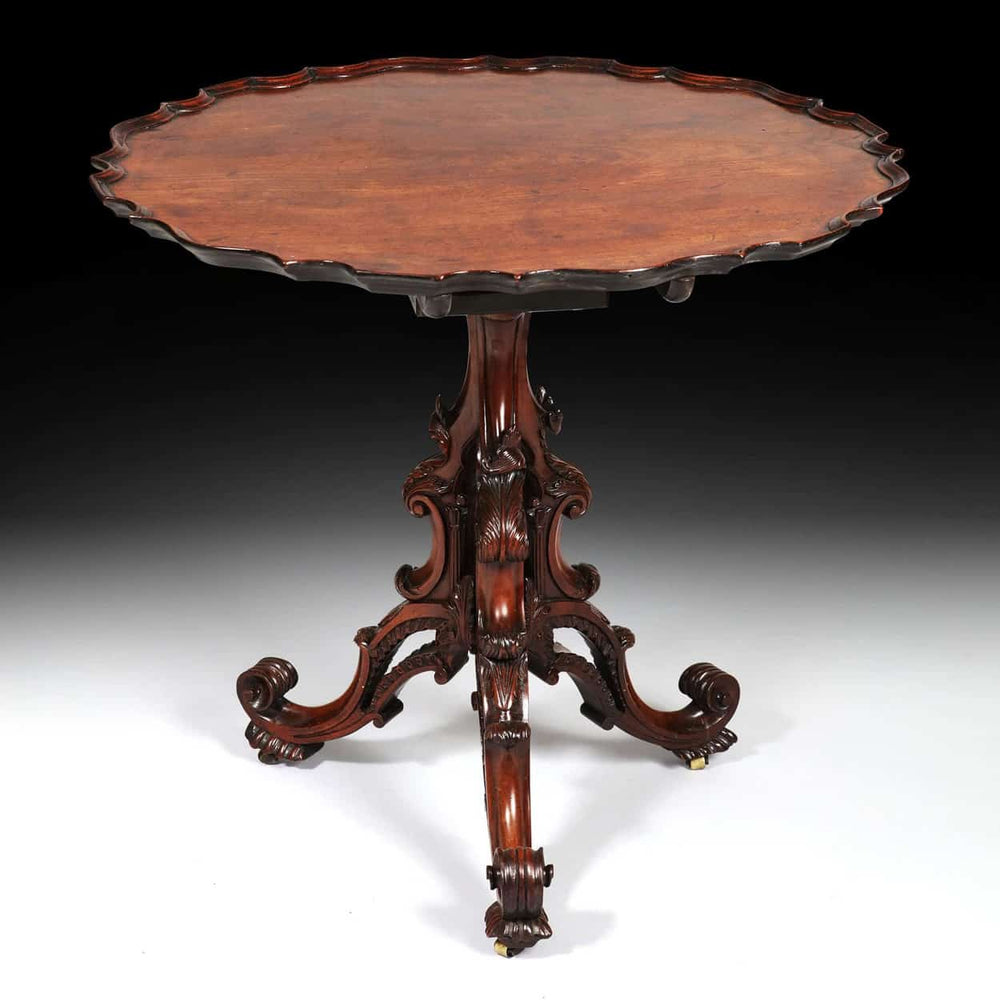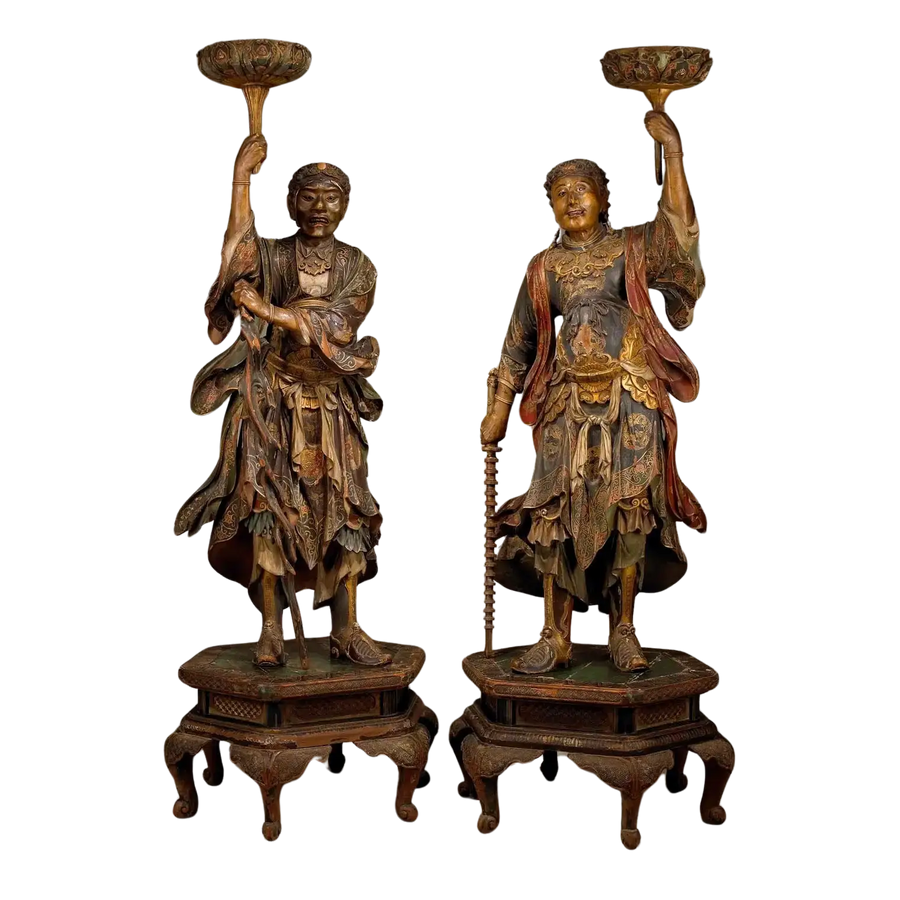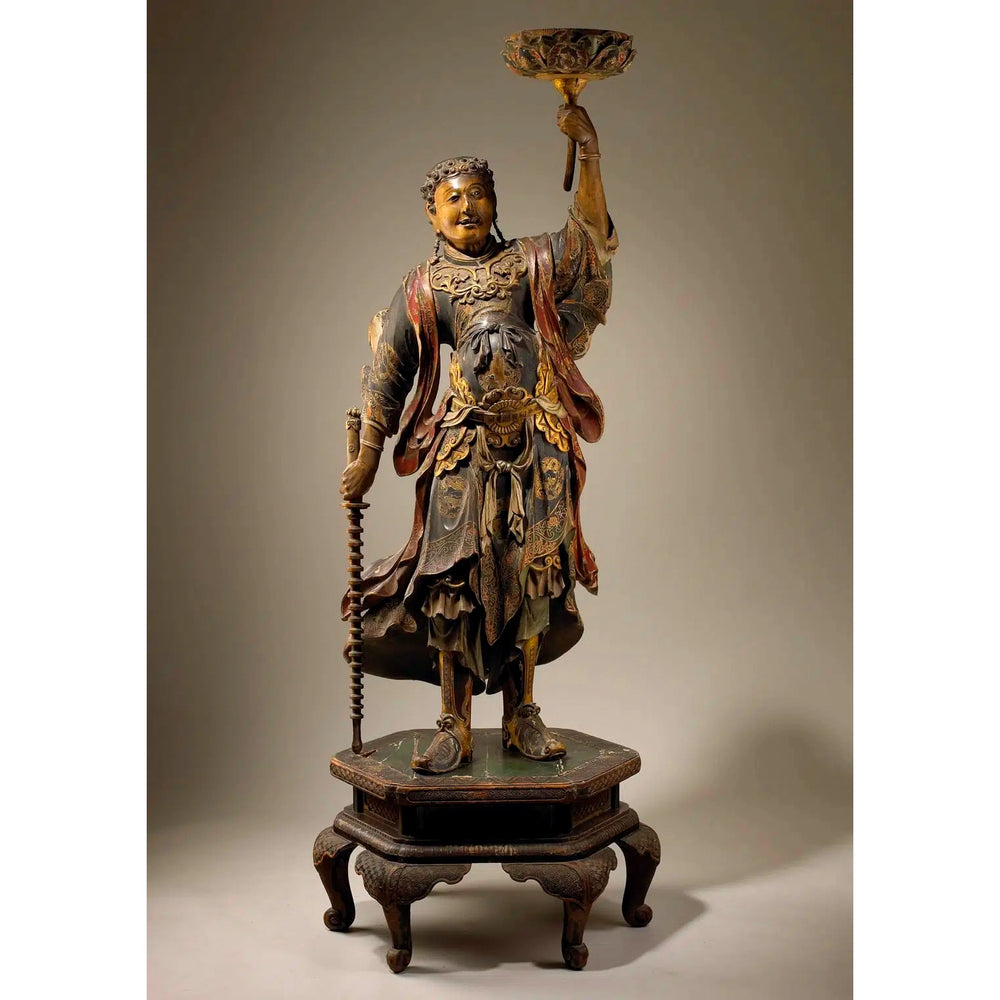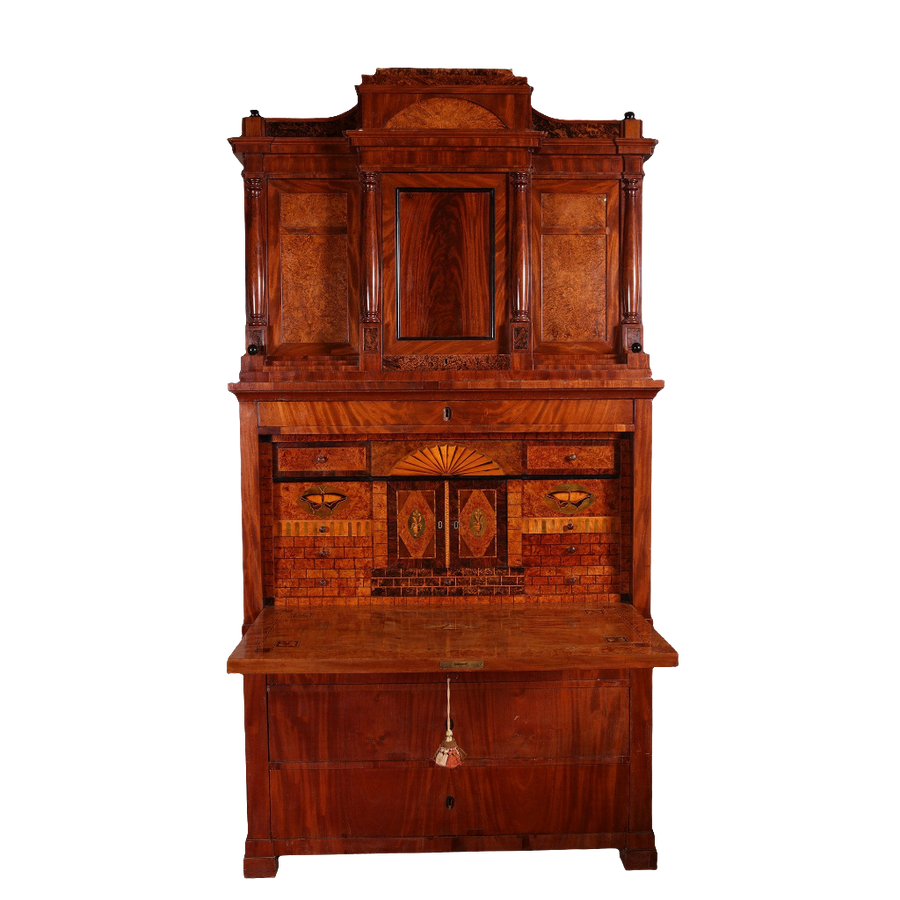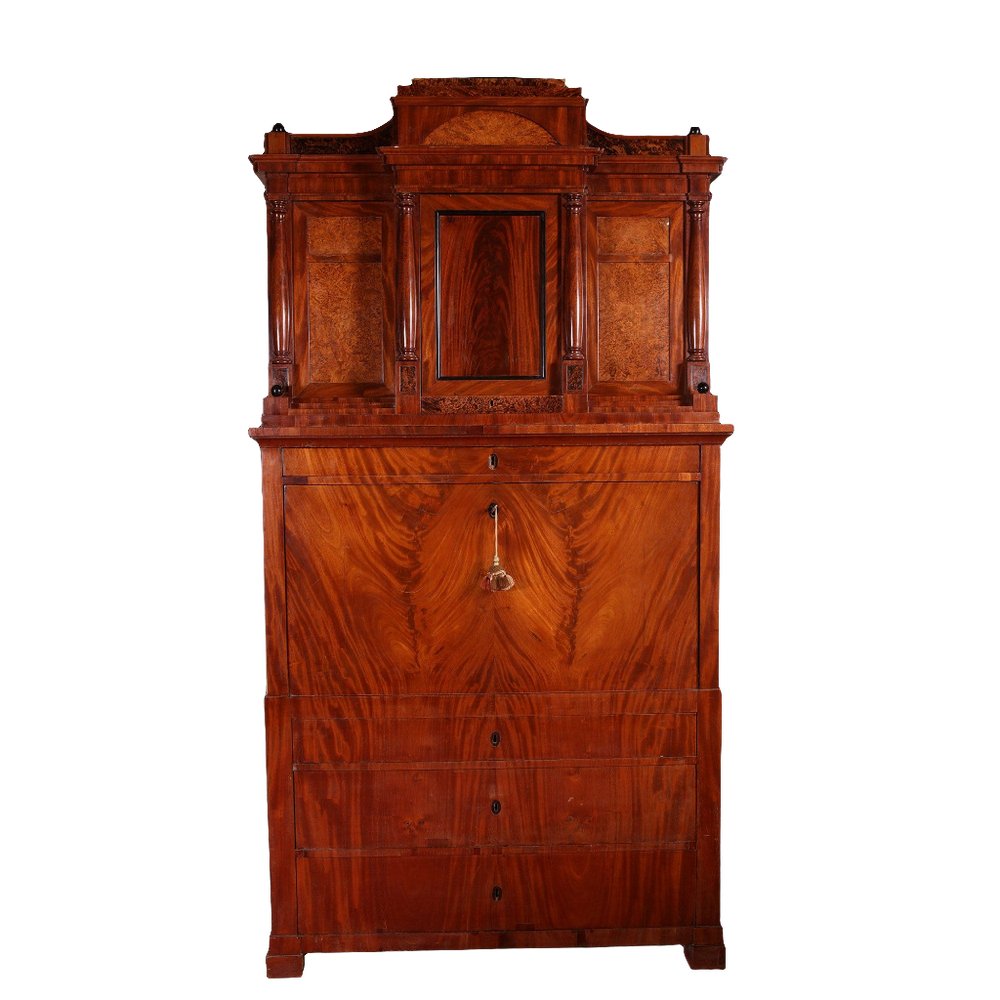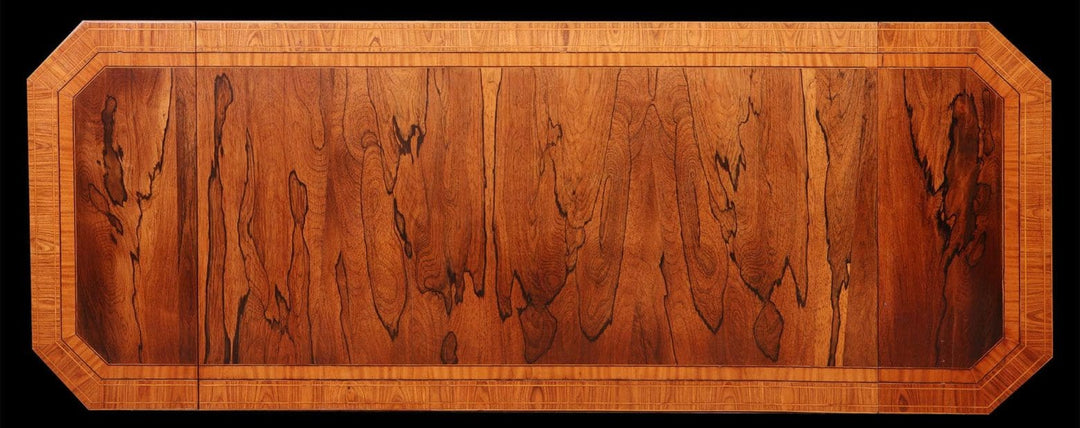Birdseye maple is a visually striking and highly prized wood known for its distinctive grain pattern that resembles tiny swirling "eyes" scattered across its surface. This rare figure is not indicative of a separate maple species but rather a natural anomaly that occurs in various types of maple trees, including sugar, hard, and red maple.
The exact cause of the pattern remains uncertain, though it is thought to result from environmental stress or genetic mutation during growth. In antique furniture, bird's eye maple was most often used as a decorative veneer for drawer fronts, table tops, and chair backs, particularly in the 19th and early 20th centuries when richly ornamented designs were in vogue.
Renowned makers such as Duncan Phyfe and John Henry Belter favored this wood for its elegance and unique aesthetic. Today, pieces featuring bird's eye maple are highly collectible, valued for both their craftsmanship and the wood's rare, natural beauty.
Birdseye maple is a visually striking and highly prized wood known for its distinctive grain pattern that resembles tiny swirling "eyes" scattered across its surface. This rare figure is not indicative of a separate maple species but rather a natural anomaly that occurs in various types of maple trees, including sugar, hard, and red maple.
The exact cause of the pattern remains uncertain, though it is thought to result from environmental stress or genetic mutation during growth. In antique furniture, bird's eye maple was most often used as a decorative veneer for drawer fronts, table tops, and chair backs, particularly in the 19th and early 20th centuries when richly ornamented designs were in vogue.
Renowned makers such as Duncan Phyfe and John Henry Belter favored this wood for its elegance and unique aesthetic. Today, pieces featuring bird's eye maple are highly collectible, valued for both their craftsmanship and the wood's rare, natural beauty.
Read More






